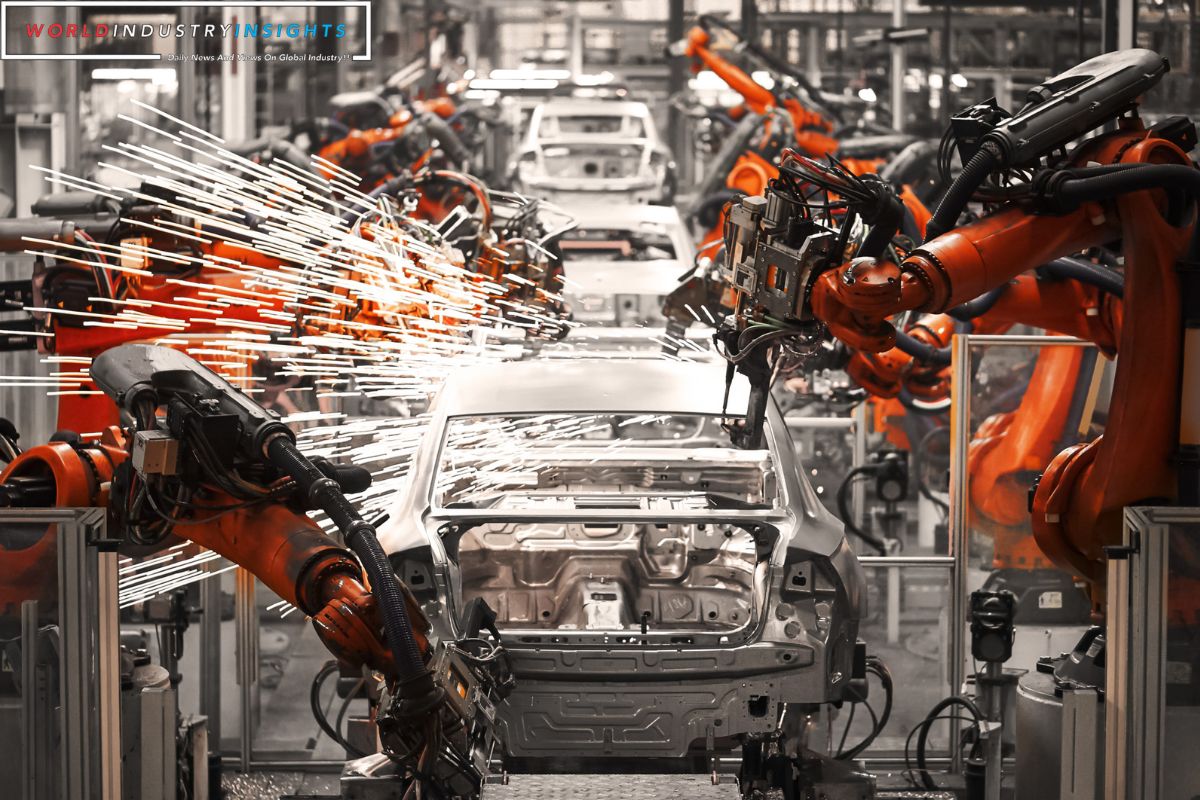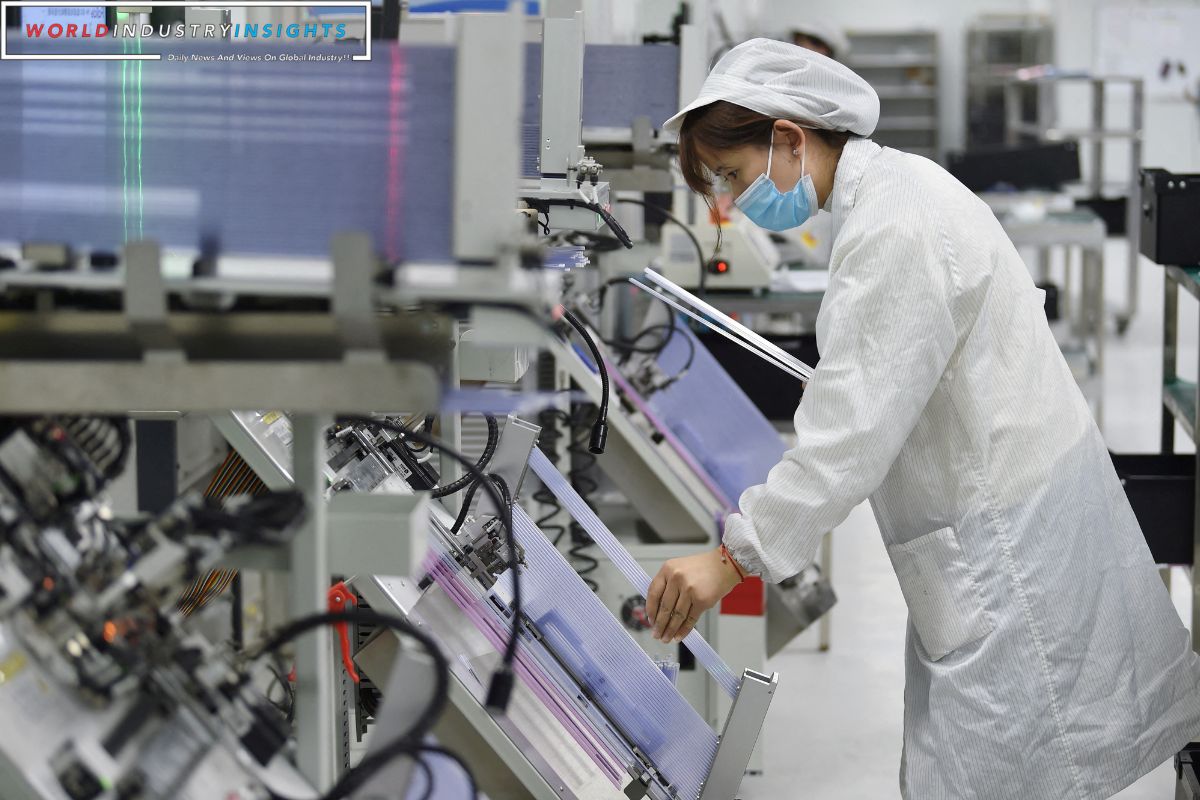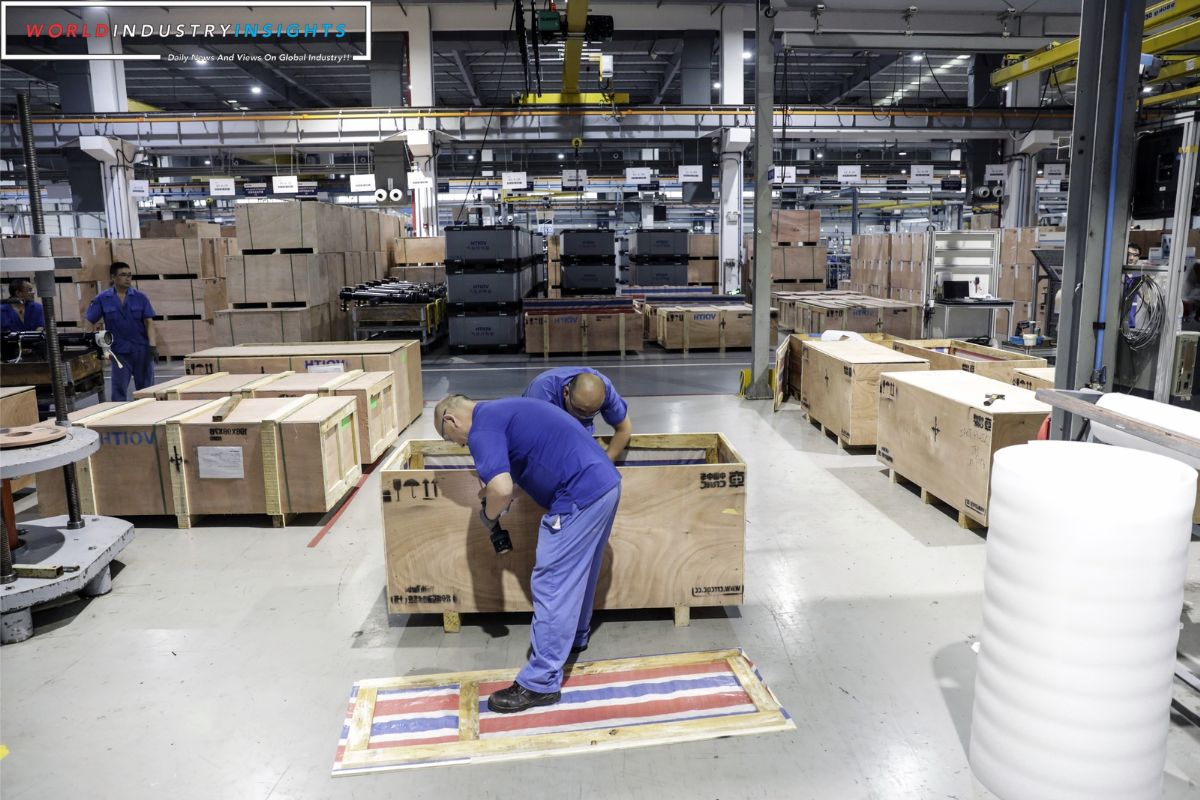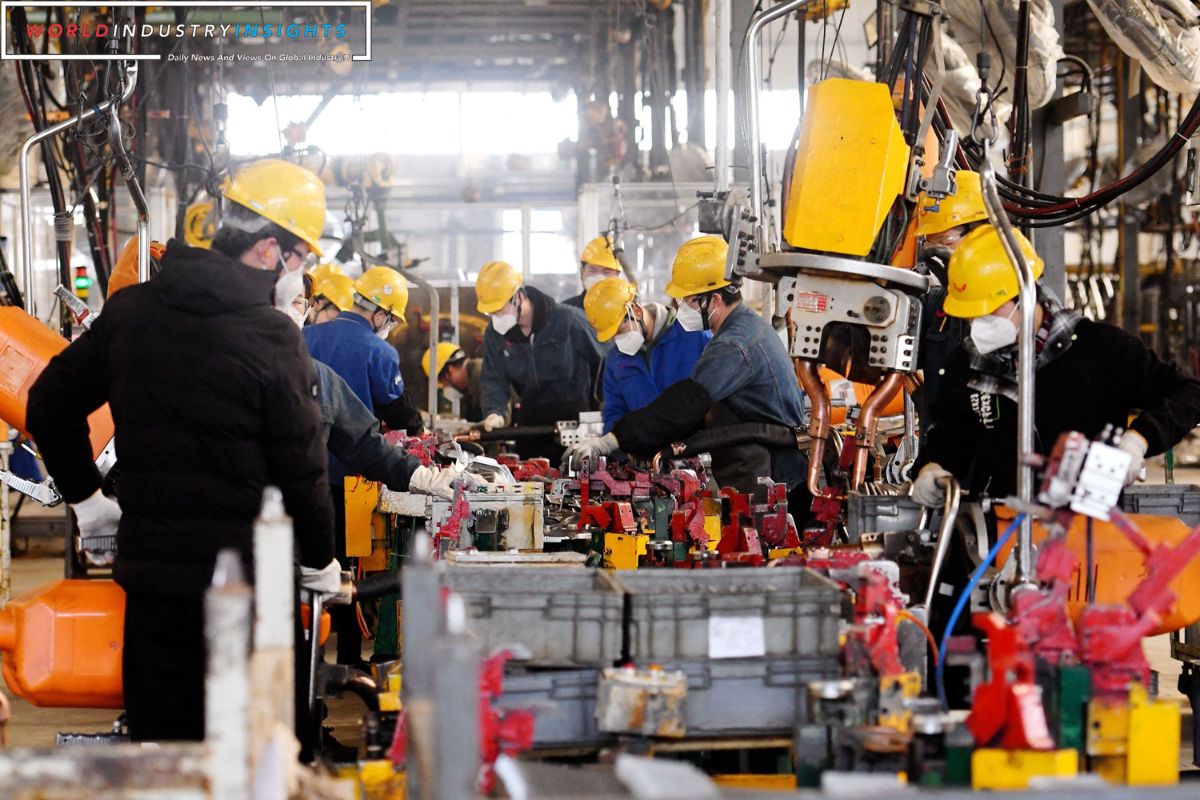China’s Factories Experience: China’s manufacturing sector has shown a remarkable surge in activity during the month of December, with production levels revving up to unprecedented heights. This acceleration in manufacturing activity is a noteworthy indicator of the country’s economic recovery, as it signifies a robust rebound from the setbacks caused by the global pandemic.
However, this growth comes with its own set of challenges and concerns, with factory owners grappling with issues such as supply chain disruptions and rising raw material costs.
In this discussion, we will delve into the factors that have contributed to China’s manufacturing shine in December, analyze the insights provided by the Caixin PMI data, and explore the economic landscape and future outlook for this crucial sector.
Key Takeaways
- China’s manufacturing sector showed a remarkable surge in production levels in December, indicating a robust rebound from the setbacks caused by the global pandemic.
- The Caixin PMI reported a significant increase in China’s manufacturing activity in December, while official data projected a contraction, highlighting the challenges of accurately measuring manufacturing activity in China.
- Despite the strong performance, concerns among factory owners have emerged, including worries about tightened budgets, intense competition, sluggish markets, and rising production costs.
Caixin PMI vs. Official Manufacturing Data
As the article shifts its focus to the subtopic of Caixin PMI vs. Official Manufacturing Data, it examines contrasting perspectives on China’s manufacturing activity, particularly the notable discrepancy between the acceleration in factory output reported by Caixin and the expected contraction in official data. This presents an interesting situation and raises questions about the accuracy and reliability of the different measures.
Also Read: Asia Economic Puzzle: Chinas Surprising Manufacturing Boost Amid Global Headwinds
Here are four key points to consider:
- Caixin PMI: The Caixin PMI, a private survey, reported a significant increase in China’s manufacturing activity, indicating a strong expansion in December.
- Official Data: In contrast, official data projected a contraction in manufacturing activity, suggesting a slowdown in the sector.
- Factors at Play: The divergence in the data could be attributed to various factors such as differences in methodology, sample size, and coverage of industries.
- Implications: The conflicting reports highlight the challenges of accurately measuring manufacturing activity in China and the importance of considering multiple data sources to gain a comprehensive understanding of the sector’s performance.
Caixin PMI Insights: Acceleration in Factory Output
The acceleration in factory output revealed by the Caixin PMI survey provides valuable insights into China’s manufacturing activity in December.
According to the survey, there was a significant surge in factory output, indicating a strong performance in the manufacturing sector.
This acceleration can be attributed to several factors. Firstly, there was heightened demand both domestically and internationally, as the global economy started to recover from the impact of the pandemic.
Secondly, increased year-end consumer spending also contributed to the surge in factory output. As consumers sought to take advantage of year-end promotions and discounts, manufacturers ramped up production to meet the demand.
Challenges and Resilience: Concerns Among Factory Owners
Amidst the strong performance in China’s manufacturing sector in December, concerns among factory owners have emerged, reflecting slightly diminished confidence compared to the previous month. These concerns highlight the challenges faced by the manufacturing industry and the resilience required to overcome them.
The key concerns among factory owners include:
- Customer budgets: Factory owners are worried about the impact of tightened budgets on demand for their products. As customers tighten their purse strings, it becomes harder for factories to secure orders and maintain profitability.
- Intense competition: The manufacturing sector in China is highly competitive, with numerous players vying for market share. Factory owners are concerned about the intense competition and its potential impact on their ability to attract customers and secure contracts.
- Uncertainties in sluggish markets: Sluggish markets, both domestically and globally, pose a challenge for factory owners. Uncertainties surrounding market demand and economic conditions make it difficult to plan and strategize for the future.
- Rising costs: Factory owners are also grappling with rising production costs, including labor, raw materials, and energy. These escalating costs put pressure on profit margins and add to the overall challenges faced by factory owners.
In light of these concerns, factory owners will need to remain resilient and adapt to the changing business landscape to ensure their long-term sustainability and success.
Economic Landscape and Future Outlook
In light of the challenges faced by the manufacturing industry, an analysis of the economic landscape and future outlook reveals key factors such as rising input costs, moderated inflation, and reduction in payrolls.
Rising input costs, including raw materials and energy, have put pressure on manufacturers, affecting their profitability and overall economic performance.
Additionally, moderated inflation has brought some relief to the industry, as it helps in stabilizing prices and managing cost pressures.
However, the reduction in payrolls indicates a potential decrease in employment opportunities within the sector.
Looking ahead, it is crucial for manufacturers to find ways to mitigate rising input costs and adapt to changing market dynamics.
Implementing efficiency measures, investing in technology, and exploring new markets could be essential strategies to ensure long-term growth and sustainability.
Conclusion Of China’s Factories Experience
China’s manufacturing sector has demonstrated accelerated activity in December, as indicated by the Caixin PMI data.
The increase in factory output reflects the resilience of the sector despite challenges faced by factory owners.
This positive manufacturing performance contributes to China’s overall economic landscape and provides optimism for the future outlook of the country’s economy.
Our Reader’s Queries
How is China so good at manufacturing?
China’s vast population has a significant impact on various aspects, including the economy. With a large workforce, the cost of labor is relatively low, making it an attractive destination for manufacturing. Additionally, the massive market size provides ample opportunities for businesses to sell their products. As a result, many of the world’s most prominent and reputable brands have been relocating their manufacturing operations to Chinese factories for quite some time now.
What are the working conditions in factories in China?
Chinese factories are notorious for their inhumane working conditions and mistreatment of employees. Workers are often subjected to unsafe environments, inadequate wages, and forced overtime without compensation. Additionally, many factories do not provide essential benefits such as vacation time or maternity leave. To make matters worse, managers frequently verbally abuse their workers. These practices are unacceptable and must be addressed to ensure fair treatment of all employees.
Why is China a good place to build a factory?
China’s abundant and youthful workforce has resulted in significantly lower labor costs compared to other developed nations. This has made China a highly sought-after manufacturing destination for companies seeking to cut down on expenses.
How are factory workers in China treated?
In China, factory workers are known to put in long hours, often in difficult conditions, and for meager pay. They usually reside in dormitories provided by the factories, and their daily routine revolves around work with little time for leisure activities.




